Unfortunately, not every puppy in this world gets to be born into a happy and loving family.
A sweet pup named Harold entered the world in less fortunate circumstances as he was born into a puppy mill that lacked the comfort and care every pup deserves.
The puppy mill was extremely overfilled, and the animals that were bred there were at a high risk of developing serious congenital defects, and Harold wasn’t an exception.
Luckily, when a kind hooman saw his suffering, they decided to buy him for $7,000 and show him what it was like to live a life fit for an adorable pup like himself.
Finally Safe
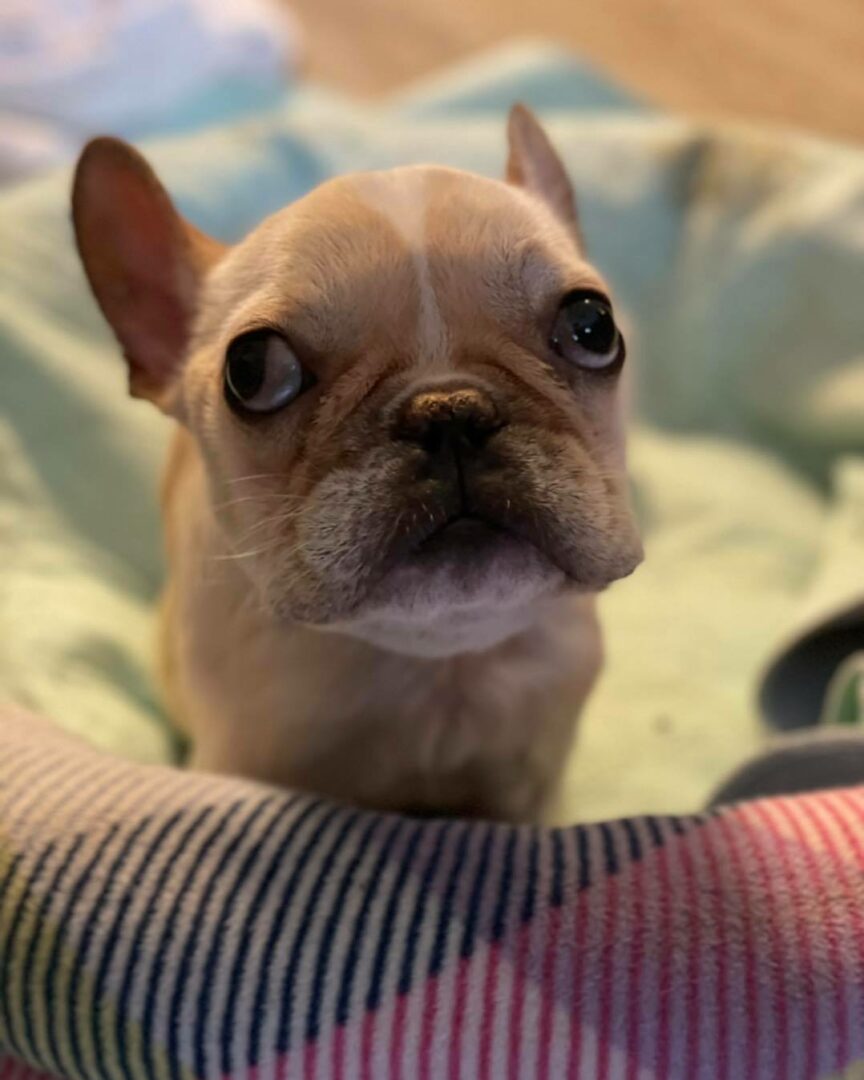
When he arrived at his new home, Harold was suffering from an initial upper respiratory infection. His hooman managed to nurse him back to health but then, all of a sudden, Harold lost the ability to use his back legs.
After conducting some tests on him, the hoomans realized that it was actually due to the curvature of his spine caused by excessive overbreeding at the puppy mill.
Harold’s condition resembles scoliosis, but unfortunately, it eliminated all sensations in his hindquarters.
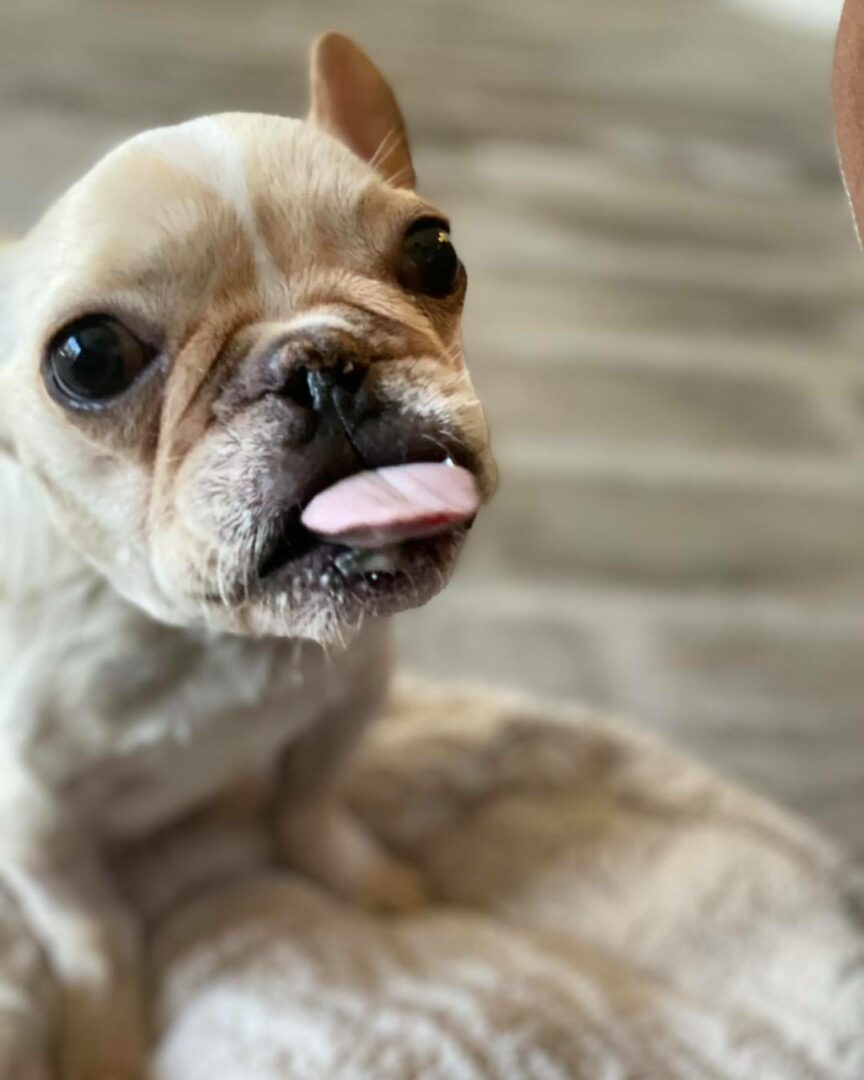
Unfortunately, Harold’s owner was feeling very overwhelmed so they decided to surrender him to Dallas DoggRRR, a group of dedicated, animal-loving volunteers that help rescue dogs with their main focus being in Southeast Dallas.
As soon as they had Harold in their care, they rushed him to the hospital, where he spent two days.
His stay at the Dallas hospital wasn’t so pleasant, as he had a lot of struggles with eating without regurgitating.
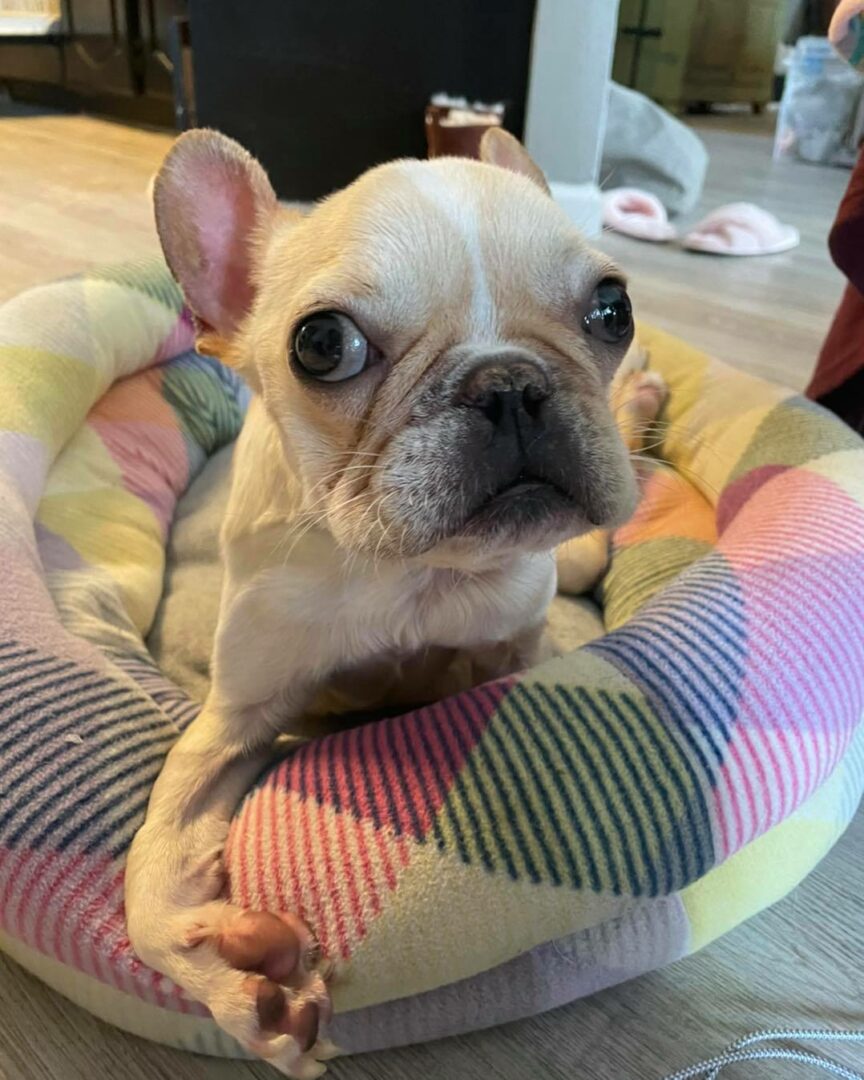
The veterinary team decided to perform exploratory surgery on this sweet boy, and that is how they found ulcerations and a stricture in his intestines, as well as abdominal adhesions.
Unfortunately, that wasn’t all. There were also swollen lymph nodes, elevated liver values, and gastro fluid in his abdomen and esophagus.
Luckily, his incredible vet team worked on getting Harold in the best shape possible, making his stay a little longer than anticipated.
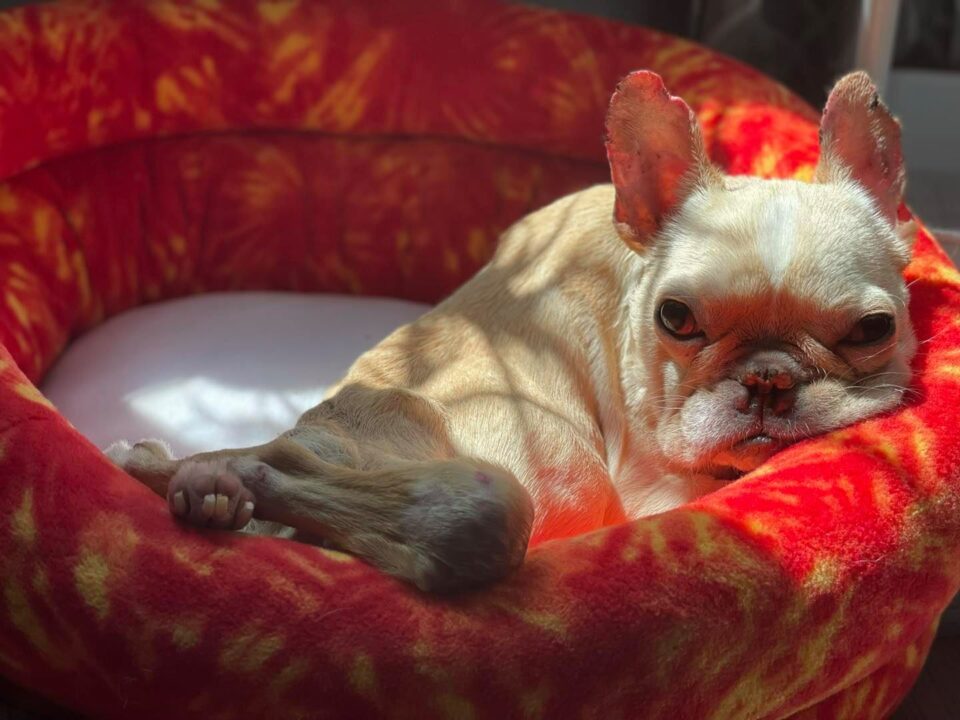
Unfortunate News.
Harold stayed at the Dallas DoggRRR for years, but he didn’t mind at all.
He loved spending his time with the loving staff, volunteers, as well as all of the furry friends he met there. Every single day was full of fun and adventure, making him forget about his medical condition and allowing him to totally embrace his new, happy life.
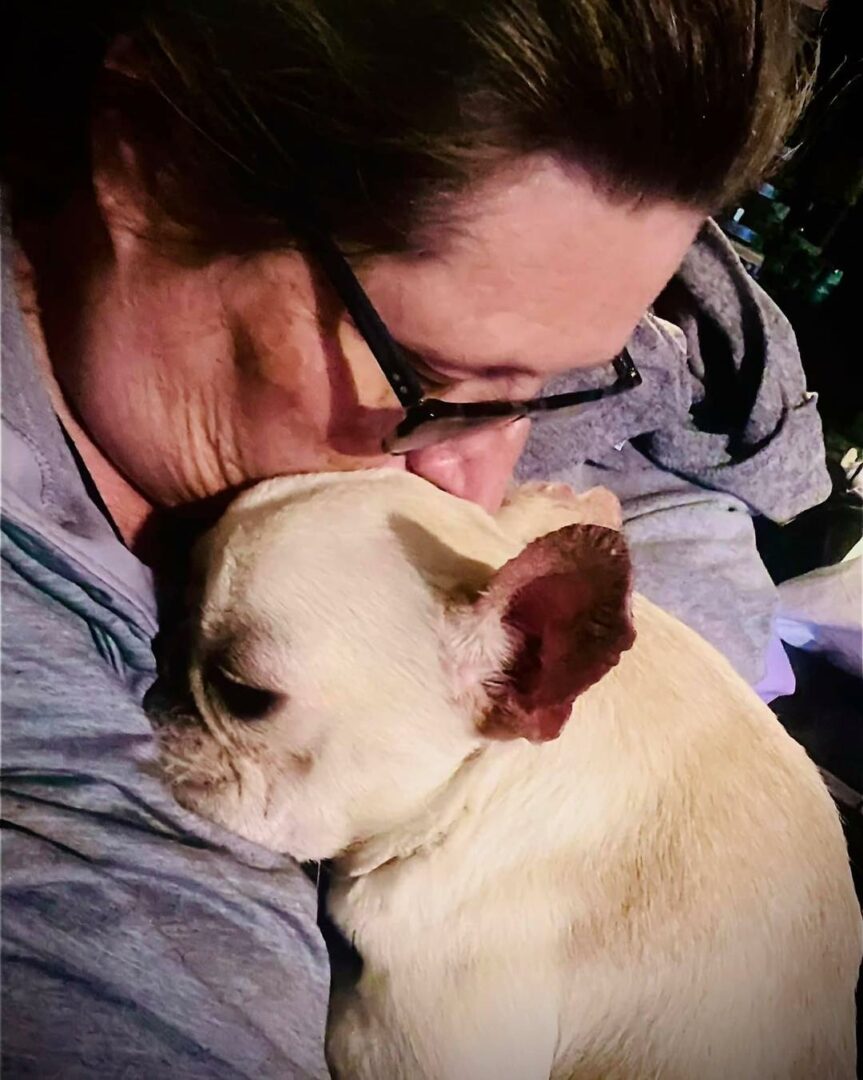
Unfortunately, one sad weekend, Harold crossed the rainbow bridge, leaving everybody he ever came across completely heartbroken.
“Harold’s character was larger than life and to say he leaves a giant hole in our hearts is an understatement. His little body just gave out on him. We are so grateful that he enjoyed his life to the fullest every day. His legacy will live on with DogRRR Nation as we all work together to help change the plight of animals in need,” shared the Dallas rescue on their Facebook.
I would like to take this opportunity to thank every hooman or animal who has made Harold’s life easier and allowed him to live a life full of happiness, love, and fun.
You made his life truly worth living. Thank you.
If you’ve ever noticed your furry companion licking their paws, you might be wondering what’s behind this common canine behavior. Dog owners often find themselves curious about why their four-legged friends engage in this seemingly repetitive action. Watching your pup diligently lick their feet can raise questions about their well-being and habits. It’s a behavior that can range from occasional grooming to a persistent habit that leaves you wondering about its underlying reasons. So, why do dogs lick their feet? Let’s take a closer look at this intriguing aspect of your pet’s behavior.
Understanding Canine Behavior: The Basics of Dogs Licking Their Feet
The Instinctual Drive Behind The Lick
Dogs licking their feet is often rooted in instinct. This natural behavior stems from their ancestral roots when wild dogs would lick their paws to clean wounds and remove debris after hunting or exploring rough terrains. Your furry friend might exhibit this behavior as an innate way to maintain cleanliness and take care of themselves.
Grooming, Comfort, and Self-Soothing
When your dog licks their feet excessively, it can also serve as a form of grooming. Just like how cats groom themselves by licking, dogs may lick their paws to keep themselves clean. Moreover, licking can provide a sense of comfort and self-soothing for your pet, akin to a child sucking their thumb for reassurance. If you notice your dog frequently licking their feet, it may indicate a need for comfort or a response to stress or anxiety.
Identifying the Causes of Paw Licking in Dogs
Allergies and Skin Conditions
If your dog continuously licks their paws, it could be due to allergies or skin conditions. Irritants like pollen, dust mites, or certain foods can trigger allergic reactions in dogs, leading them to lick their paws excessively. Skin conditions such as dermatitis or fungal infections may also cause itching and discomfort, prompting your furry friend to lick their feet to alleviate the irritation.
Injuries, Pain, and Discomfort
When dogs lick their feet persistently, it might indicate underlying injuries, pain, or discomfort. Your dog could have a cut, a splinter, or a foreign object lodged in their paw pads, causing them to lick as a way to soothe the pain or try to remove the irritant. Additionally, joint problems like arthritis can also result in paw licking as dogs may lick to alleviate pain or discomfort in their joints.
Boredom and Anxiety
Boredom and anxiety can also contribute to paw licking in dogs. If your dog is not mentally or physically stimulated enough, they might resort to licking their paws out of boredom. Similarly, stress or anxiety can manifest in excessive paw licking as a coping mechanism for your canine companion to self-soothe. It’s essential to assess your dog’s environment and emotional well-being to address any underlying boredom or anxiety that may be causing this behavior.
Health Implications of Excessive Paw Licking
Infections and Hot Spots
When dogs excessively lick their paws, it can sometimes lead to infections and hot spots. Constant moisture from licking creates a warm and damp environment, ideal for bacteria and yeast to thrive. This can cause skin infections, leading to redness, swelling, and discomfort for your furry friend. Hot spots, also known as acute moist dermatitis, occur when the skin becomes inflamed due to constant licking, scratching, or biting. These areas can become painful and may require treatment to heal properly.
Behavioral Disorders and OCD in Dogs
Excessive paw licking in dogs can also be a sign of underlying behavioral disorders or OCD (obsessive-compulsive disorder). Just like humans, dogs can develop compulsive behaviors that serve as coping mechanisms for stress, anxiety, or boredom. Constant licking can become a habit that provides temporary relief from these emotions. It’s essential to observe your dog’s overall behavior to determine if excessive paw licking is a symptom of a more profound issue. Seeking advice from a veterinarian or a professional dog behaviorist can help address any behavioral concerns and improve your dog’s well-being.
How to Address and Prevent Excessive Licking
Veterinary Diagnosis and Treatment
If your dog is licking their feet excessively, it’s essential to seek veterinary advice. A vet can identify underlying health issues like allergies, infections, or skin conditions that may be causing the behavior. Treatment may include medication, changes in diet, or other interventions to address the root cause.
Behavioral Modification Techniques
To help your dog stop excessive licking, behavioral modification techniques can be effective. Providing distractions like toys, puzzles, or interactive games can redirect their focus. Positive reinforcement for good behavior and avoiding punishment for licking can also help change their habits over time.
Keeping Your Dog Engaged and Healthy
Keeping your dog mentally and physically engaged can reduce stress and boredom that may lead to excessive licking. Regular exercise, interactive playtime, and mental stimulation through training can keep your dog entertained and decrease the urge to lick excessively. Additionally, ensuring a balanced diet and proper grooming can contribute to overall well-being and lower the likelihood of compulsive licking behaviors.
When to Seek Professional Help
Recognizing Problematic Paw Licking
If you notice that your dog’s paw licking has become excessive and is affecting their daily activities, such as eating or playing, it’s crucial to recognize this as a potential issue. Persistent redness, swelling, or sores on the paws are also signs that the licking may be more than just a grooming habit. Pay attention to any changes in your dog’s licking behavior, as this could indicate an underlying problem that needs professional attention.
Consulting with a Veterinarian or Animal Behaviorist
When your dog’s paw licking goes beyond normal grooming and becomes a repetitive or compulsive behavior, it’s time to consult with a veterinarian or an animal behaviorist. These professionals can help identify any underlying health issues that may be causing the excessive licking. A vet can conduct tests to diagnose allergies, infections, or skin conditions that need medical treatment. An animal behaviorist can assess the behavior and provide guidance on behavioral modification techniques to address the root cause of the excessive paw licking.
Remember, seeking professional help early can prevent any potential health issues from worsening and improve your dog’s quality of life. Trust the expertise of professionals to ensure the well-being of your furry companion.
Conclusion
That’s the lowdown on why your furry friend might be licking their paws. Remember, it could be anything from just keeping clean to dealing with stress or allergies. If you notice excessive licking or any redness, it’s time to reach out to the vet. They can help figure out if there’s an underlying issue causing all that licking. And don’t forget, seeking professional advice is key to keeping your pup happy and healthy. So, keep an eye out for any unusual behavior and give your dog the care they need.
Frequently Asked Questions
Why do dogs lick their paws?
Dogs lick their paws for various reasons, including cleaning themselves, grooming, addressing stress, or due to health issues like allergies. Excessive licking could also indicate behavioral problems.
When should I seek veterinary advice for my dog’s paw licking?
It is advisable to consult a veterinarian if your dog’s paw licking persists, especially if you notice redness, sores, or signs of discomfort. Seeking professional help can help diagnose underlying health issues and address potential behavioral concerns effectively.
How can a veterinarian or animal behaviorist help with my dog’s paw licking issue?
Veterinarians and animal behaviorists can provide a comprehensive assessment to identify health problems and behavioral issues related to your dog’s paw licking. They can offer treatment options, behavioral modification techniques, and guidance to improve your dog’s well-being and prevent further complications.
[no_toc]

Hey there, I’m Janet Brooks, a dog-loving student from California. I’m all about helping pups in need, especially those without homes. Me and my awesome friends work together to give shelter and love to stray dogs. Oh, and I also write blogs about dogs to share helpful info.